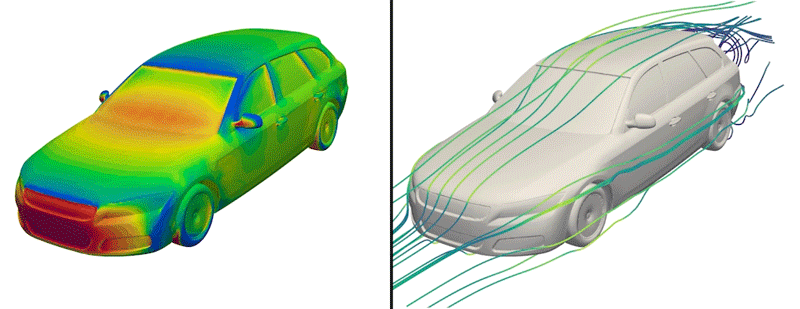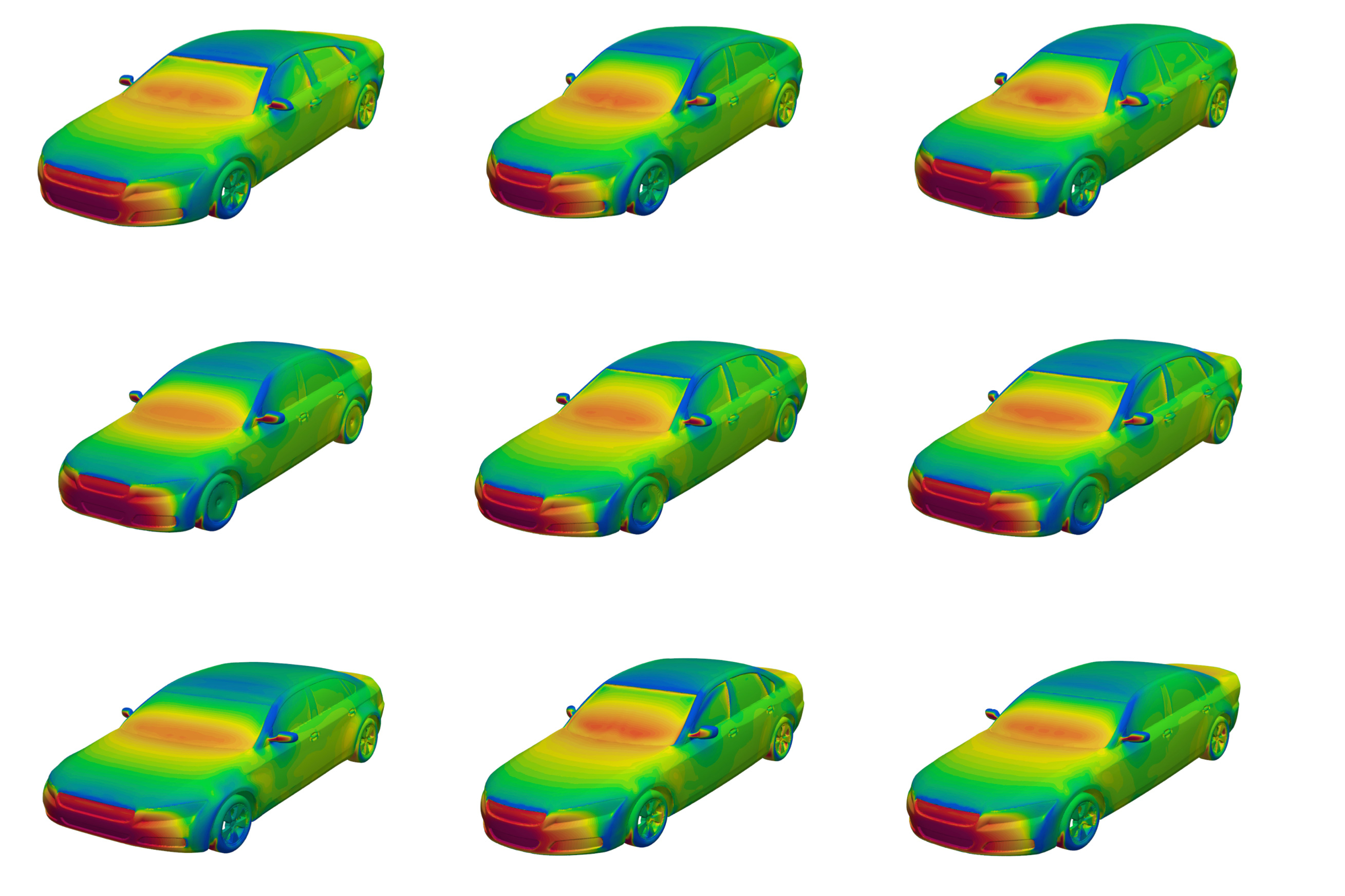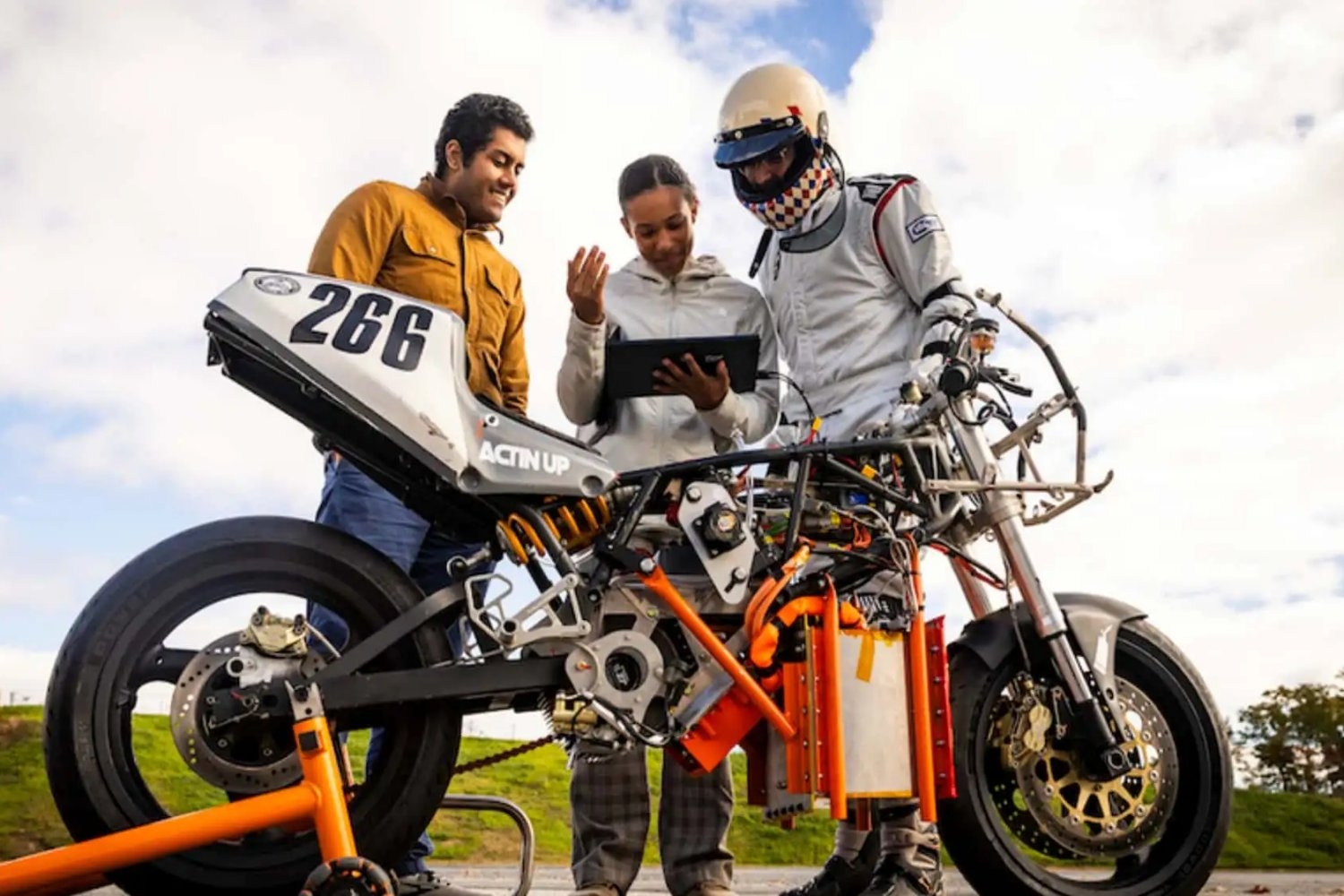Trump admin cancels $75 million in climate grants to Wisconsin, data shows

A researcher surveys wild rice on the Pine River. (Wisconsin SEA Grant)
Through executive orders and the Republican reconciliation bill signed into law in July, the administration of President Donald Trump has cancelled or proposed the cancellation of about $75 million in grants and loans meant for climate-focused projects in Wisconsin, according to data collected by the environmental policy group Atlas Public Policy.
Federal Fallout
As federal funding and systems dwindle, states are left to decide how and whether to make up the difference. Read the latest
The cancelled projects include money for the state’s Department of Military Affairs to make infrastructure more resilient to climate change and a grant for the Milwaukee-based water quality non-profit Reflo, Inc. to help children in the city learn about sustainability and the environment.
Since taking office in January, Trump and congressional Republicans have attacked federal government efforts to address climate change by slashing programs and withholding money. Many of the projects that have lost money in Wisconsin were aimed at marginalized communities such as Native American tribes and Milwaukee’s Black residents — putting them in Trump’s crosshairs because of his aversion to diversity, equity and inclusion efforts.
Through the 2022 Inflation Reduction Act and the 2021 Infrastructure Investment and Jobs Act, the administration of President Joe Biden targeted billions of dollars to help communities undertake projects meant to help transition to renewable sources of energy, restore local waterways and make homes more energy efficient.
Under Trump, that money has been clawed back as Republicans have become even more hostile to efforts to address climate change. For example, U.S. Rep. Tom Tiffany, who represents much of northern Wisconsin and is considering running for governor next year, has spent a significant amount of time fighting the construction of solar energy in the state.
“The loss of this funding represents a profound missed opportunity for Wisconsin, especially for its most vulnerable and disadvantaged communities,” says Jaclyn Lea, an associate at Atlas Public Policy. “These canceled projects would have supported investments in communities building energy efficiency, workforce development, and climate resilience. The impact of these cancellations will be felt across the state, slowing progress on critical environmental and resilience efforts.”
Milwaukee energy efficiency
Among the projects that have lost their funding is a grant program under the Inflation Reduction Act to help the city of Milwaukee’s Environmental Collaboration Office work with non-profit organizations to help residents of the city’s predominately Black north side and predominately Latino south side connect with programs to make their homes more energy efficient.
About $200,000 of the $1 million grant would have supported energy audits of 250 homes in the two neighborhoods. Many of the aging homes in the city have problems with old electrical systems, causing energy bills to rise for some of the city’s poorest residents and posing a fire risk. The program would have also helped connect residents with programs to weatherize their homes and remediate lead contamination.
Erick Shambarger, Milwaukee’s director of environmental sustainability, says the program would have helped the city’s lowest income residents — who are at the greatest risk of environmental harms — lower their energy costs while helping the city as a whole cut emissions.
It was rolled back as part of the tax- and spending-cut mega-bill that congressional Republicans passed this summer and Trump signed into law on July 4.
“We also have to do a better job of maintaining and improving our existing housing stock,” Shambarger says. “And this was one tool that we had to try to do that, and it got pulled away. And then now you look at all of the other things that the big, ugly bill did in terms of eliminating tax credits for energy efficiency and all of the rest. And so this isn’t just one [decision], there’s a real pullback at the feds to support low- to moderate-income households.”
He adds that the grant program project highlighted the ways it would help minority communities because that’s what the Biden administration was looking for, but he doesn’t think the program should be controversial.
“At the end of the day, we are trying to help the people that need the help the most, help them save on their energy bills and help them get their families stabilized, and create better environments for kids, and better environmental conditions for kids to have a better chance in life,” he says.
Shambarger says that political instability is one of the greatest obstacles to addressing climate change. The instability caused by the Trump administration taking back money the federal government had already promised to deliver makes it more difficult for industries and businesses relying on more predictable government action, he adds.
“It is just very, very frustrating just to not have the consistency of policy that we need to address the climate crisis,” he says. “It should be frustrating for every American, including our contractors, who have to plan for the future, who have to hire workers with skill sets, and all of that takes time to set up training programs for new industries. It takes time to build partnerships for the financing for all of this.”
Shambarger is particularly frustrated by the federal government canceling contracts in midstream.
“It’s one thing to say ‘wind down this contract, and maybe you don’t get renewed, and you have time to adjust,’” he says, “but to just terminate stuff without notice, without looking into the particulars of what our program was achieving is really, really disruptive.”
The effects of climate change are here, Shambarger says. Wisconsin and the Midwest have faced days of poor air quality because of wildfires across Canada this summer. Floods have continued to get worse every year.
Meanwhile, lower-income working Americans are getting less help, “and that’s too bad, because this country, in order for it to really be great, we’ve got to make sure that we are providing really safe and affordable housing that is climate resilient,” he says.
Global warming continues to heighten risks, from wildfire smoke in the Midwest air to floods and wildfires threatening cities, “and all of that threat is not going away,” Shambarger says. “We just appeal to all levels of government to recognize that there is something we can do about this … It’s a benefit to all Americans.”
Brothertown Tribe wild rice restoration
Another project cancelled by the Trump administration is a $3 million grant meant to help researchers at the University of Wisconsin work with the Brothertown Indian Nation to restore wild rice habitat in the Lake Winnebago watershed and study the effects of that restoration on the lake’s water quality.
While the project would have helped the tribe connect with a plant that many of the state’s tribes view as sacred, it would also have served as a wetland restoration project on the drinking water source for hundreds of thousands of people in the Fox River valley. Wetland restoration is a major tool for improving water quality because wetlands can serve as a sort of filter to block potentially harmful nutrients such as phosphorus and nitrates from running off of farm fields and into the water system.
“There’s over 200,000 people that rely on Winnebago alone for drinking water, and we know the positive impact of having better health for that water,” Jessica Ryan, the tribe’s vice chair, says. “And the community has been trying to improve the water quality for a long period of time in that area. But there’s, there’s a long way to go yet. There’s tremendous negative impacts that have happened from prior generations. So we need to keep our foot on the gas.”
The grant was meant to fund five years of rice seeding and studying to see if the rice population can be increased and if that increase can improve the quality of water, both for drinking and for supporting populations of fish such as sturgeon and waterfowl such as geese and ducks. The grant was designed as a collaboration between indigenous and western methods of science and involved a number of the state’s tribes as well as local groups and farmers.
“We’d like to have the support of all of the state and the federal politicians to support us because we see the similarities in these interests,” Ryan says. “We see how it lifts up the entire community. Regardless of whether we’re American Indian or not, we have this common core value of looking after the land and the water.”
Those values are shared by local farmers and by the large tribal communities in the area — along with the Brothertown, the Oneida, the Stockbridge and the Menominee, she says.
The Brothertown Indian Nation began in 18th century New England as a community of Christian Native Americans. The tribe later moved west to Wisconsin to avoid the conflicts over land that pushed out most of the East Coast’s native populations. The tribe settled east of Lake Winnebago.
But in 1838 the federal government then tried to force the tribe out of Wisconsin and into Kansas. Looking for a way to prevent the government from taking their land, the tribe requested the allotment of their land and U.S. citizenship. Members believed that this would allow private ownership of their land and protect the tribe.
But unbeknownst to the members, this agreement terminated the federal government’s recognition of the tribe — ending its status as a sovereign nation. The tribe continues to work toward once again being recognized by the federal government. But Ryan says that the Trump administration’s cancellation of the Brothertown grant was especially painful because it was another promise to the tribe broken by the U.S. government.
“The federal government, in my opinion, has an opportunity to make it, to do the right thing, and they have chosen not to do the right thing,” she says. “They’ve chosen to do the opposite. And I don’t know what’s behind that decision making, right? Like, I don’t know if it’s a political decision, if it’s a racial decision, I don’t know what that is, but to us as the recipients who worked diligently, we’ve complied with all that’s been expected of us. We followed the rules, right? And the application process, it was a competitive process. We were selected. And to have the government again unilaterally go back on its word, it’s pretty devastating.”
Because the tribe isn’t recognized, it has very little resources. All of its budget comes from charitable support, grants and what the tribe can make selling crafts at its store. It can’t cover the work that was supposed to be covered by a $3 million grant. For now, the tribe has kept one person on its payroll to keep collecting data through the project and is hoping for volunteers to help with the additional work.
“We had so much good in mind that we were going to do with the funds that would benefit far more than just us,” Ryan says. “This was going to have a tremendous positive impact on the entire community within the watershed. It’s not just something that was going to look after our people or a small group of people. This was intended to have a statewide positive impact.”
The research the tribe wants to continue collecting “is something that can be used on a larger model for the entire region,” Ryan says. “This is a long-term ecological restoration effort, and we are three years into this project, and it’s a really critical, pivotal moment.”


